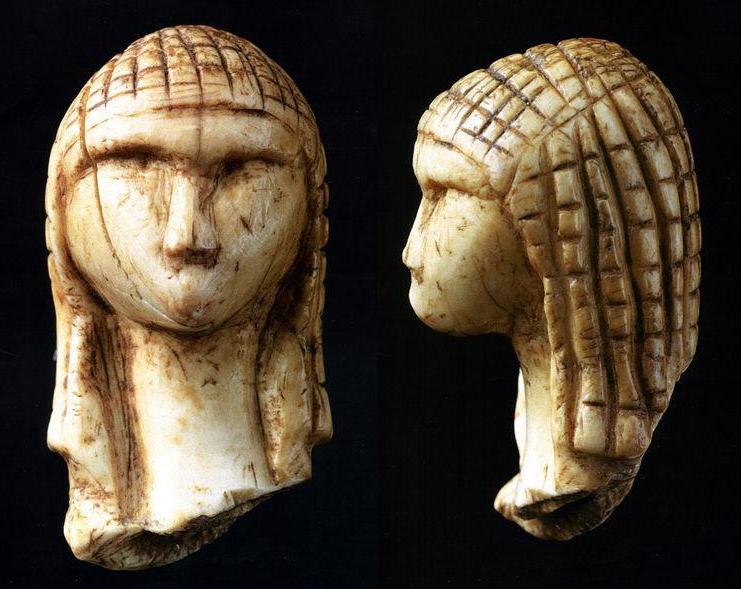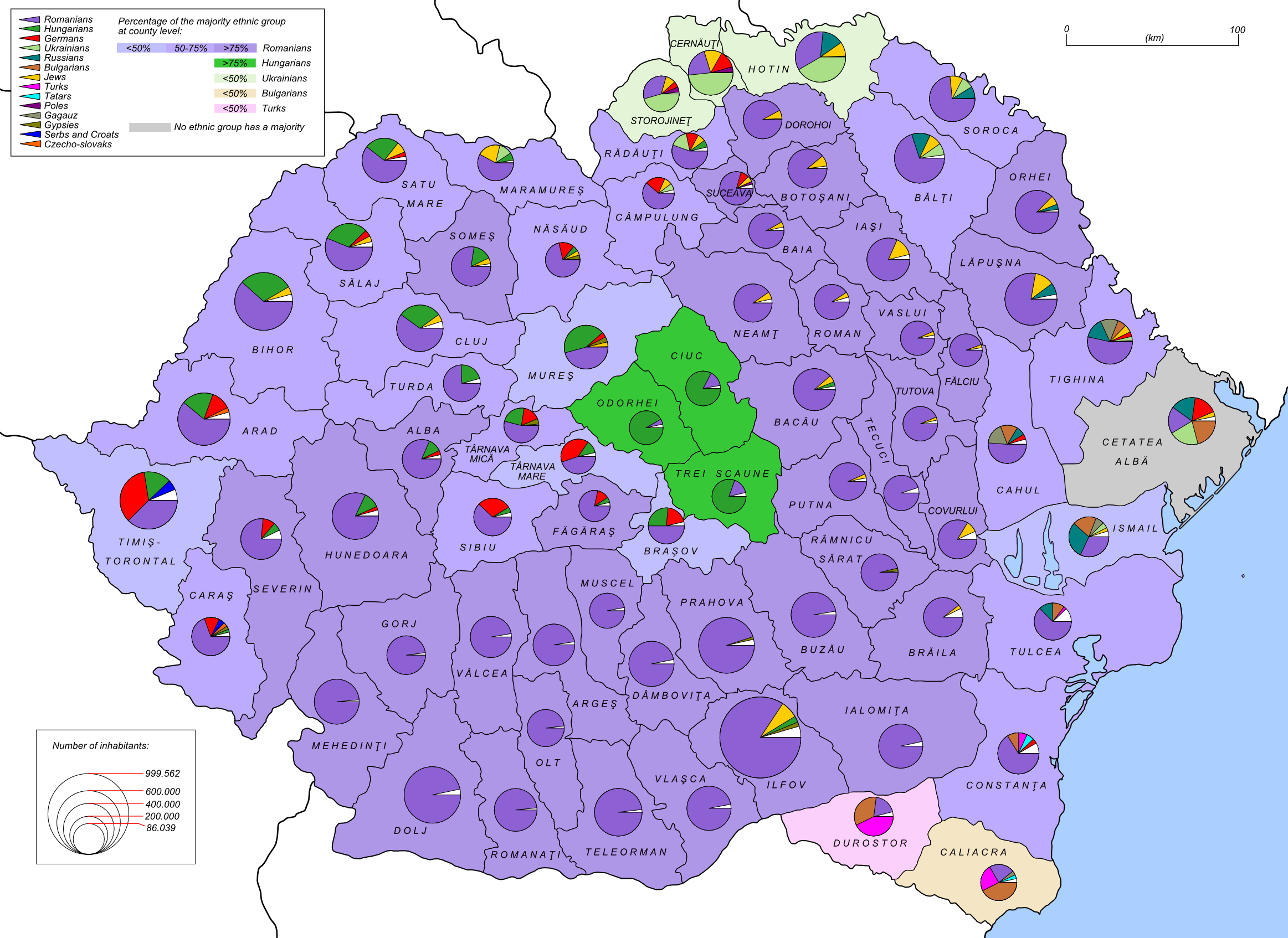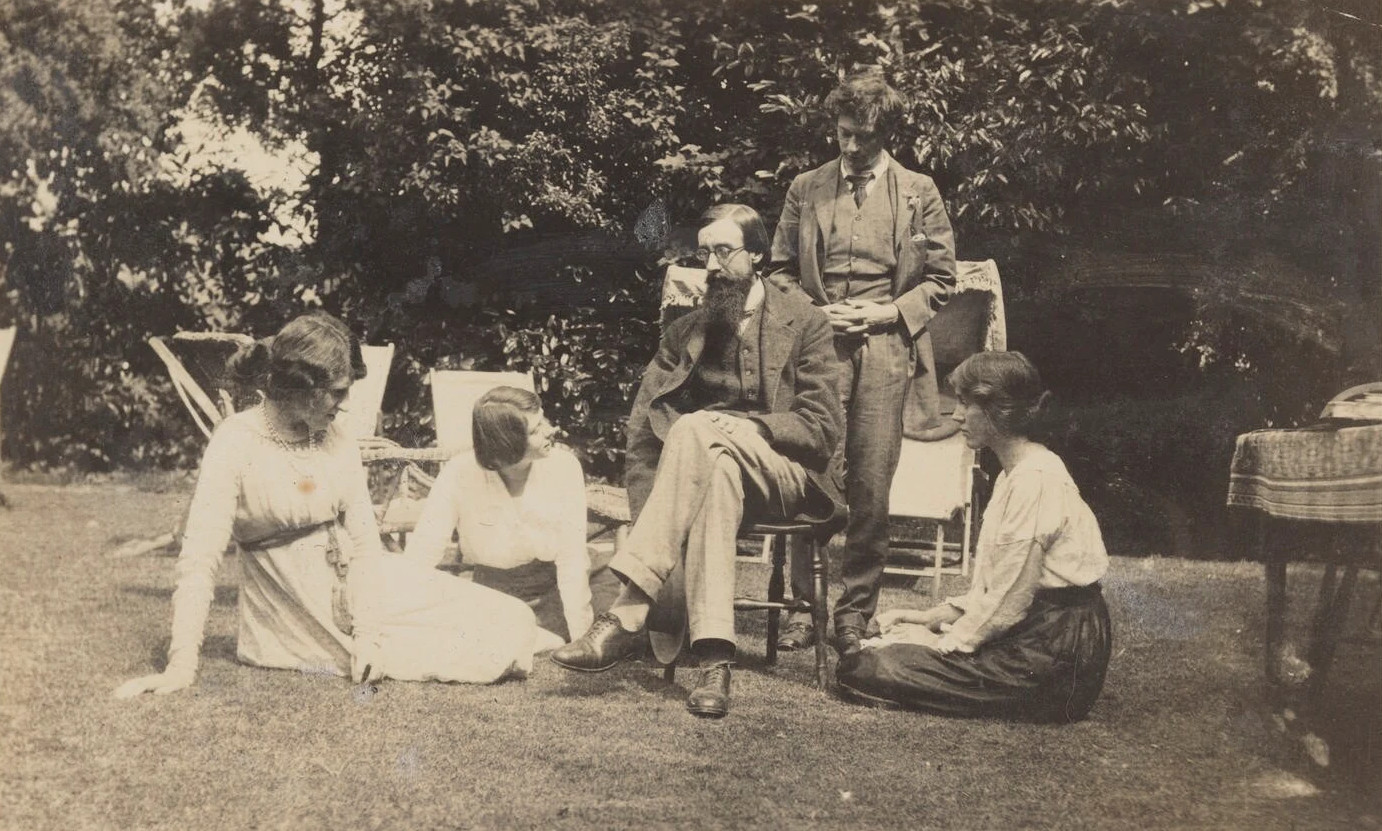|
Sibiu Literary Circle
The Sibiu Literary Circle () was a literary group created during World War II in Sibiu to promote the modernist liberal ideas of Eugen Lovinescu. The group was formed around Lucian Blaga and other intellectuals from Cluj, who had settled in Sibiu after the Romanian University of Cluj had moved there in 1940, in the wake of the Hungarian occupation of Northern Transylvania. The most active members of the group were Ion Negoițescu, Radu Stanca, Ion Dezideriu Sîrbu, , Ștefan Augustin Doinaș, , , Eta Boeriu, , and Ovidiu Cotruș. The group disbanded in 1945. References * Ovid S. Crohmălniceanu, ''Cercul literar de la Sibiu și influența catalitică a culturii germane'', Bucharest Bucharest ( , ; ) is the capital and largest city of Romania. The metropolis stands on the River Dâmbovița (river), Dâmbovița in south-eastern Romania. Its population is officially estimated at 1.76 million residents within a greater Buc ...: Editura Universalia, 2000. * , ''Cercu ... [...More Info...] [...Related Items...] OR: [Wikipedia] [Google] [Baidu] |
Literary Society
A literary society is a group of people interested in literature. In the modern sense, this refers to a society that wants to promote one genre of writing or a specific author. Modern literary societies typically promote research, publish newsletters, and hold meetings where findings can be presented and discussed. Some are more academic and scholarly, while others are more social groups of amateurs who appreciate a chance to discuss their favourite writer with other hobbyists. Historically, "literary society" has also referred to salons such as those of Madame de Stael, Madame Geoffrin and Madame de Tencin in Ancien Regime France, though these could more accurately be considered literary circles or coteries. Another meaning was of college literary societies, student groups specific to the United States. The oldest formal societies for writing and promoting poetry are the chambers of rhetoric in the Low Countries, which date back to the Middle Ages. 19th century literary ... [...More Info...] [...Related Items...] OR: [Wikipedia] [Google] [Baidu] |
Eta Boeriu
Eta Boeriu (born Margarita Caranica; February 23, 1923 in Turda РNovember 13, 1984 in Cluj-Napoca) was a Romanian poet, literary critic and translator. Involved in the Sibiu Literary Circle (which disbanded in 1945),Petru Poantă, ''Cercul literar de la Sibiu. Introducere în fenomenul originar'', Clusium, Cluj-Napoca, 1997. she was especially known for her work as a translator of Italian-language Renaissance literature. Selected works Poetry *''Ce vânăt crâng'', 1971 *''Dezordine de umbre'', 1973 *''Risipă de iubire'', 1976 *''Miere de întuneric'', 1980 *''La capătul meu de înserare'', published posthumously, 1985 Translation *Giovanni Boccaccio, ''The Decameron'' (as ''Decameronul'') *Dante Alighieri, ''Divine Comedy'' (as ''Divina comedie'') *Baldassare Castiglione, ''The Book of the Courtier'' (as ''Curteanul'') * Francesco Petrarca, ''Il Canzoniere ''Il Canzoniere'' (; ), also known as the ''Rime Sparse'' (), but originally titled ' (, that is ''Fragm ... [...More Info...] [...Related Items...] OR: [Wikipedia] [Google] [Baidu] |
Arts Organizations Established In 1940
The arts or creative arts are a vast range of human practices involving creative expression, storytelling, and cultural participation. The arts encompass diverse and plural modes of thought, deeds, and existence in an extensive range of media. Both a dynamic and characteristically constant feature of human life, the arts have developed into increasingly stylized and intricate forms. This is achieved through sustained and deliberate study, training, or theorizing within a particular tradition, generations, and even between civilizations. The arts are a medium through which humans cultivate distinct social, cultural, and individual identities while transmitting values, impressions, judgments, ideas, visions, spiritual meanings, patterns of life, and experiences across time and space. The arts are divided into three main branches. Examples of visual arts include architecture, ceramic art, drawing, filmmaking, painting, photography, and sculpture. Examples of literature include ... [...More Info...] [...Related Items...] OR: [Wikipedia] [Google] [Baidu] |
1945 Disestablishments In Romania
1945 marked the end of World War II, the fall of Nazi Germany, and the Empire of Japan. It is also the year Nazi concentration camps, concentration camps were liberated and the only year in which atomic weapons Atomic bombings of Hiroshima and Nagasaki, have been used in combat. Events World War II will be abbreviated as “WWII” January * January 1 – WWII: ** Nazi Germany, Germany begins Operation Bodenplatte, an attempt by the ''Luftwaffe'' to cripple Allies of World War II, Allied air forces in the Low Countries. ** Chenogne massacre: German prisoners are allegedly killed by American forces near the village of Chenogne, Belgium. * January 6 – WWII: A German offensive recaptures Esztergom, Kingdom of Hungary (1920–1946), Hungary from the Soviets. * January 9 – WWII: American and Australian troops land at Lingayen Gulf on western coast of the largest Philippine island of Luzon, occupied by Japan since 1942. * January 12 – WWII: The Soviet Union begins the Vis ... [...More Info...] [...Related Items...] OR: [Wikipedia] [Google] [Baidu] |
1940 Establishments In Romania
Year 194 ( CXCIV) was a common year starting on Tuesday of the Julian calendar. At the time, it was known as the Year of the Consulship of Septimius and Septimius (or, less frequently, year 947 ''Ab urbe condita''). The denomination 194 for this year has been used since the early medieval period, when the Anno Domini calendar era became the prevalent method in Europe for naming years. Events By place Roman Empire * Decimus Clodius Septimius Albinus Caesar became a Roman Consul. * Battle of Issus: Septimius Severus marches with his army (12 legions) to Cilicia, and defeats Pescennius Niger, Roman governor of Syria. Pescennius retreats to Antioch, and is executed by Severus' troops. * Septimius Severus besieges Byzantium (194–196); the city walls suffer extensive damage. Asia * Battle of Yan Province: Warlords Cao Cao and Lü Bu fight for control over Yan Province; the battle lasts for over 100 days. * First year of the ''Xingping'' era during the Han Dynasty ... [...More Info...] [...Related Items...] OR: [Wikipedia] [Google] [Baidu] |
Romania In World War II
The Kingdom of Romania, under the rule of King Carol II, initially maintained neutrality in World War II. However, fascist political forces, especially the Iron Guard, rose in popularity and power, urging an alliance with Nazi Germany and its allies. As the military fortunes of Romania's two main guarantors of territorial integrity—France and Britain—crumbled in the Battle of France, the government of Romania turned to Germany in hopes of a similar guarantee, unaware that Germany, in the supplementary protocol to the 1939 Molotov–Ribbentrop Pact, had already granted its blessing to Soviet claims on Romanian territory. In the summer of 1940, the USSR occupied Bessarabia and Northern Bukovina, severely weakening Romania and diminishing its international standing. Taking advantage of the situation, Hungary and Bulgaria both pressed territorial claims on Romania. The disputes, arbitrated by Germany and Italy, led to the further losses of Northern Transylvania and Southern ... [...More Info...] [...Related Items...] OR: [Wikipedia] [Google] [Baidu] |
Literary Circles
A literary circle or coterie, according to ''The Oxford Dictionary of Literary Terms'', is a "small group of writers (and others) bound together more by friendship and habitual association than by a common literary cause or style that might unite a school or movement. The term often has pejorative connotations of exclusive cliquishness". A literary circle differs from a writing circle, in that the latter usually includes only writers and the focus is on the process of writing. A literary circle also differs from a literary society, in that the latter need not contain any writers; members of a literary society come together to discuss or celebrate literary works or authors. Famous or noteworthy examples include: * Wilton Circle, UK, 16th-century group centred on Mary Sidney * Muiderkring, The Muiderkring, Netherlands, early 17th century * :es:Salón_Literario, Literary Salon, Argentina, 1830s, which included the President of Argentina, Domingo Faustino Sarmiento and Juan Bautista ... [...More Info...] [...Related Items...] OR: [Wikipedia] [Google] [Baidu] |
Romanian Writers' Organizations
Romanian may refer to: *anything of, from, or related to the country and nation of Romania **Romanians, an ethnic group **Romanian language, a Romance language ***Romanian dialects, variants of the Romanian language **Romanian cuisine, traditional foods **Romanian folklore *'' The Romanian: Story of an Obsession'', a 2004 novel by Bruce Benderson *''Românul ''Românul'' (, meaning "The Romanian"; originally spelled ''Romanulu'' or ''Românulŭ'', also known as ''Romînul'', ''Concordia'', ''Libertatea'' and ''Consciinti'a Nationala''), was a political and literary newspaper published in Bucharest, Ro ...'' (), a newspaper published in Bucharest, Romania, 1857–1905 See also * * {{disambiguation Language and nationality disambiguation pages ... [...More Info...] [...Related Items...] OR: [Wikipedia] [Google] [Baidu] |
Bucharest
Bucharest ( , ; ) is the capital and largest city of Romania. The metropolis stands on the River D√¢mbovi»õa (river), D√¢mbovi»õa in south-eastern Romania. Its population is officially estimated at 1.76 million residents within a greater Bucharest metropolitan area, metropolitan area of 2.3 million residents, which makes Bucharest the List of cities in the European Union by population within city limits, 8th most-populous city in the European Union. The city area measures and comprises 6 districts (''Sectors of Bucharest, Sectoare''), while the metropolitan area covers . Bucharest is a major cultural, political and economic hub, the country's seat of government, and the capital of the Muntenia region. Bucharest was first mentioned in documents in 1459. The city became the capital in 1862 and is the centre of Romanian media, culture, and art. Its architecture is a mix of historical (mostly History of architecture#Revivalism and Eclecticism, Eclectic, but also Neoclassical arc ... [...More Info...] [...Related Items...] OR: [Wikipedia] [Google] [Baidu] |
Ovid S
Publius Ovidius Naso (; 20 March 43 BC – AD 17/18), known in English as Ovid ( ), was a Augustan literature (ancient Rome), Roman poet who lived during the reign of Augustus. He was a younger contemporary of Virgil and Horace, with whom he is often ranked as one of the three Western canon, canonical poets of Latin literature. The Roman Empire, Imperial scholar Quintilian considered him the last of the Latin love elegy, elegists.Quint. ''Inst.'' 10.1.93 Although Ovid enjoyed enormous popularity during his lifetime, the emperor Augustus Exile of Ovid, exiled him to Constanța, Tomis, the capital of the newly-organised province of Moesia, on the Black Sea, where he remained for the last nine or ten years of his life. Ovid himself attributed his banishment to a "poem and a mistake", but his reluctance to disclose specifics has resulted in much speculation among scholars. Ovid is most famous for the ''Metamorphoses'', a continuous mythological narrative in fifteen books written in ... [...More Info...] [...Related Items...] OR: [Wikipedia] [Google] [Baidu] |
Ovidiu Cotru»ô
Ovidiu Cotru»ô (February 24, 1926–September 12, 1977) was a Romanian essayist and literary critic. Early life Born in Oradea, his parents were Sabin Cotru»ô, a geography teacher, and his wife Claudia (''n√©e'' Popa); his uncle was Aron Cotru»ô. He began high school in Oradea, continuing at the Moise NicoarƒÉ High School in Arad. The family had taken refuge there due to the Second Vienna Award's 1940 grant of their native Northern Transylvania to Hungary, and Cotru»ô graduated in 1944. Alexandru Ruja"Cum a ajuns Ovidiu Cotru»ô 'trƒÉdƒÉtor de patrie'?!" in ''Rom√¢nia LiterarƒÉ'', nr. 20/2013. He studied at the literature and philosophy faculty of the University of Cluj from 1944 to 1948. At the beginning of his university career, this institution was in Sibiu, because Cluj had been integrated into Hungary through the Vienna Award. He was received into the Sibiu Literary Circle, where he was an active participant. Although Cotru»ô' first published work had appeared in 1943, i ... [...More Info...] [...Related Items...] OR: [Wikipedia] [Google] [Baidu] |
»òtefan Augustin Doina»ô
Ștefan Augustin Doinaș (; pen name of Ștefan Popa) (April 26, 1922 – May 25, 2002) was a Romanian Neoclassical poet of the Communist era. He wrote 23 books of poetry, as well as children's books, essay collections, and a novel. Doinaș was born in Cherechiu, Bihor County. After graduating from the Moise Nicoară High School in Arad, he studied medicine in Sibiu, where the University of Cluj had moved in the wake of the Hungarian occupation of Northern Transylvania. There he joined the Sibiu Literary Circle, a group formed around Lucian Blaga. Doinaș then studied philosophy and literature at the University of Cluj, graduating with a B.A. degree in 1947. Starting in 1948, he taught at schools in Hălmagiu and Gurahonț, in Arad County. After moving to Bucharest in 1955, he was arrested in 1957 by the Securitate for "failure to report" and turn over a fellow editor, who had invited his colleagues to participate in an anti-communist protest. He was released from priso ... [...More Info...] [...Related Items...] OR: [Wikipedia] [Google] [Baidu] |




